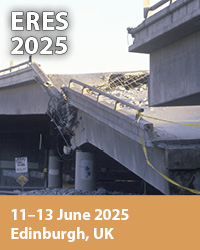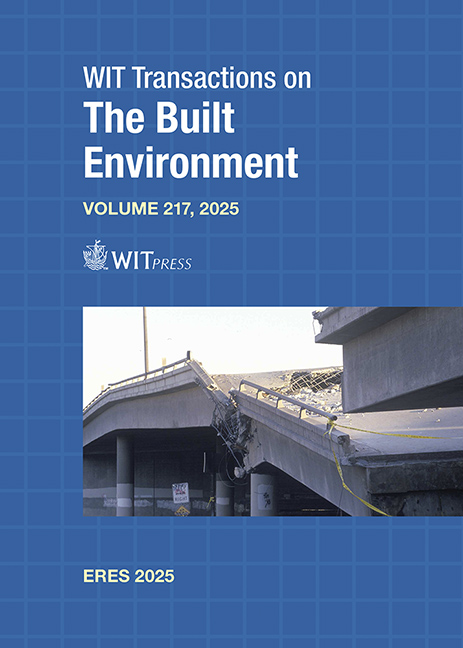UTILIZING EXPERIMENTAL DATA IN COMPARATIVE EVALUATION OF SEISMIC TECHNIQUES FOR COMPOSITE STEEL–CONCRETE WALL WITH CENTRAL OPENINGS
Price
Free (open access)
Transaction
Volume
217
Pages
6
Page Range
41 - 46
Published
2025
Paper DOI
10.2495/ERES250041
Copyright
Author(s)
KEVIN KARANJA KURIA, ORSOLYA KEGYES-BRASSAI
Abstract
Building on previous experimental research, this study employs the displacement coefficient method (DCM) in the SAP2000 framework. It integrates the N2 method as outlined in Eurocode 8 to assess the seismic performance of composite steel–concrete shear walls with a central opening (CSRSW–CO). Data from experimental evaluations of scale models at a 1:3 ratio is used, and the seismic performance of these walls under seismic loads, with a specific aim to estimate the target displacement under considered seismic loading, is assessed. Dual application of the DCM and N2 method provides a comprehensive analysis regime. This approach enables an in-depth examination of how each method predicts and enhances the seismic performance of composite shear walls, emphasizing the unique challenges posed by central openings. The study not only compares the effectiveness and applicability of these methods in contemporary seismic design practices but also aims to refine the calculation of target displacements, improving the predictive precision and structural integrity of buildings with intricate wall systems. The results of the analysis indicate the estimation of the target displacement being 74 mm for the N2 method and 76 mm by the DCM; these lie at the ductile zone of the capacity curve. The analytical test initially agrees with the experimental test, with the elastic region considered, but is differing under higher displacements. This indicates that it is rather important to exercise caution and utmost precision especially when conducting numerical analysis.
Keywords
earthquake engineering, composite steel–concrete shear walls, central openings, SAP2000, numerical analysis





